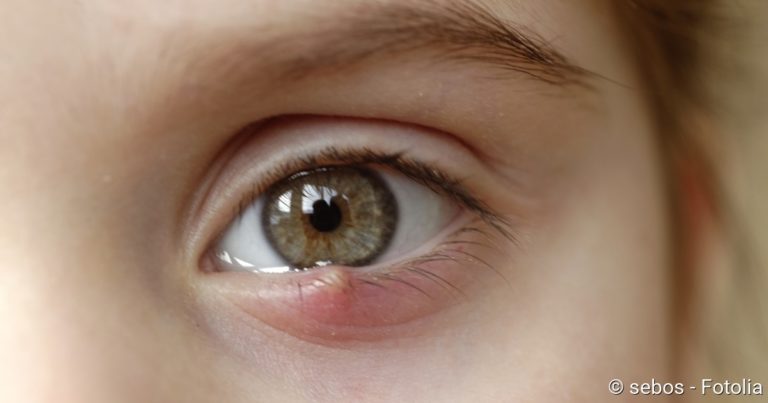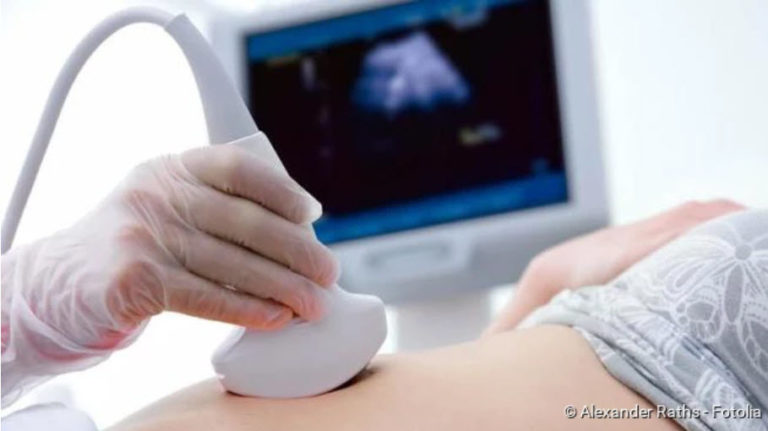Stroke: symptoms and warning signs
Stroke: symptoms and warning signs
Common stroke symptoms are acute weakness or paralysis on one side of the body, speech difficulties, visual disturbances and dizziness or even unconsciousness. In individual cases, however, the signs of stroke can vary. They depend on which region of the brain is affected by the stroke and how severely. Find out everything important about stroke symptoms here!

The most important stroke symptoms
Stroke causes various neurological disorders and failures. The nature and severity of these damages depends primarily on which region of the brain is affected by the damage. The main stroke symptoms are:
Paralysis, numbness
A common sign of stroke is an acute feeling of weakness, paralysis or numbness on one side of the body. Typical symptoms include a drooping corner of the mouth, a paralyzed arm or a suddenly fallen asleep foot. If the left side of the body is affected, this indicates a stroke in the right side of the brain. On the other hand, if the right side of the body shows stroke symptoms such as numbness or paralysis, this indicates a left-sided stroke.
If all four extremities are paralyzed (tetraparesis), this indicates a so-called basilaris thrombosis. This is the occlusion of the arteria basilaris in the brain stem. This cerebral vessel results from the union of the two vertebral arteries. Basilar artery thrombosis is a form of brainstem infarction.
Visual disorders
Stroke symptoms often also affect the eyes: double vision, blurred vision and temporary loss of vision in one eye can be signs of stroke if they occur suddenly. Often it also comes to a sudden hemiplegic visual field loss. The visual field is that part of the environment that can be seen without moving the eyes or the head. If a part of this field of vision – for example the left side – suddenly fails, it can easily lead to falls or accidents because the person concerned cannot see a vehicle approaching from the left side, for example.
Speech and language comprehension disorder
Sudden speech disorders are other possible stroke symptoms. It can be pronounced to varying degrees. For example, a mild stroke can cause symptoms such as sluggish, jerky speech. Some sufferers suddenly twist syllables, use wrong letters or speak in a blurred or slurred way. In severe cases, a stroke patient can no longer speak at all.
A sudden speech comprehension disorder can also indicate a stroke. The affected person can suddenly no longer understand (i.e. grasp) what is being said to him.
Dizziness And Vertigo
Sudden dizziness with unsteadiness of gait is also a possible stroke symptom. Some of those affected perceive it as a rotary vertigo. That means they feel like they’re on a merry-go-round. Others, on the other hand, feel a sense of swaying: for them, the ground seems to sway as if on a ship on rough seas. The feeling of rushing down quickly in an elevator is also a possible sign of a stroke.
Symptoms such as balance problems and loss of coordination can accompany the dizziness.
Very severe headaches
If a person suddenly experiences very severe headaches, the severity of which is completely new and unknown to the person concerned, this may also be due to a stroke. Often the pain is accompanied by nausea and vomiting as further possible stroke symptoms.
Two forms of stroke – same signs
A stroke is usually caused by a region of the brain suddenly being insufficiently supplied with blood (ischemic stroke). The reason is usually a blood clot that blocks a vessel in the brain. In other cases, the apoplexy is caused by a cerebral hemorrhage (hemorrhagic stroke).
However, both forms (if the same brain region is affected) trigger the same stroke symptoms. This means that it is by no means possible to tell what kind of stroke it is from the signs alone. In case of an emergency, however, this is not important at first: If someone shows possible stroke symptoms, the emergency doctor must be alerted immediately!
Harbingers: Stroke often announces itself
There are often omens before an approaching stroke: Stroke announces itself in approximately every third patient through a so-called Transitory Ischemic Attack (TIA). This is understood to be a temporary reduced blood flow in the brain. Their signs are basically the same as those of a stroke, such as sudden numbness or paralysis in one half of the body or sudden speech and vision problems. However, these TIA signs disappear completely after 24 hours at the latest – in contrast to the “real” signs of stroke.
Heralds of an impending stroke should be taken seriously and immediately examined by a doctor. The doctor can then immediately recommend suitable treatment measures, for example taking anticoagulant medication. This reduces the risk of a “real” stroke.
Do women have other stroke symptoms?
Women and men can sometimes show different stroke symptoms. In addition to the typical signs such as paralysis, speech or vision disorders, women often have additional, rarer or actually untypical symptoms. These include, for example, aching limbs, confusion, nausea, chest pain, difficulty swallowing and shortness of breath. Such complaints are often not immediately recognized as stroke symptoms.




